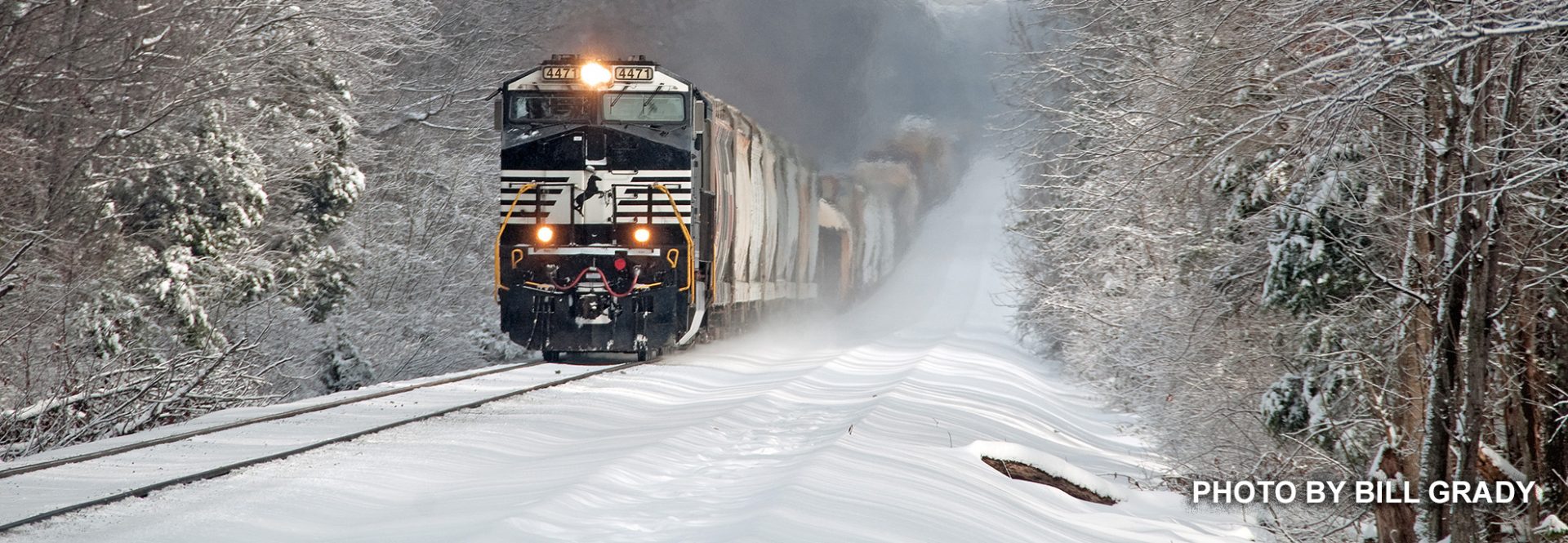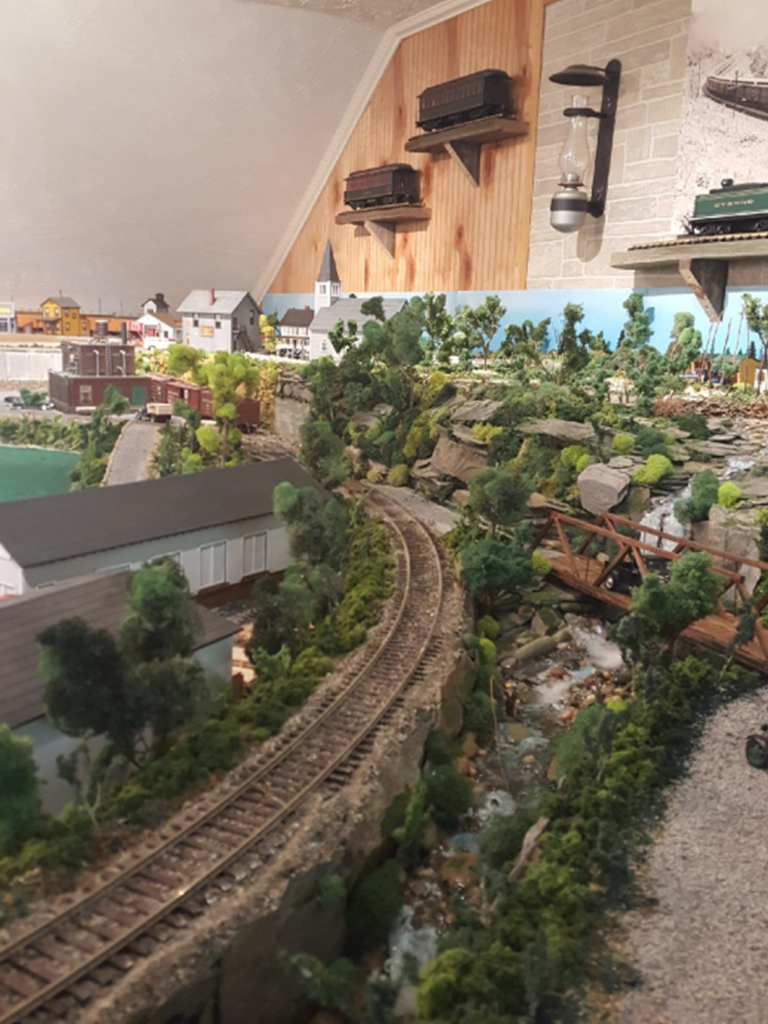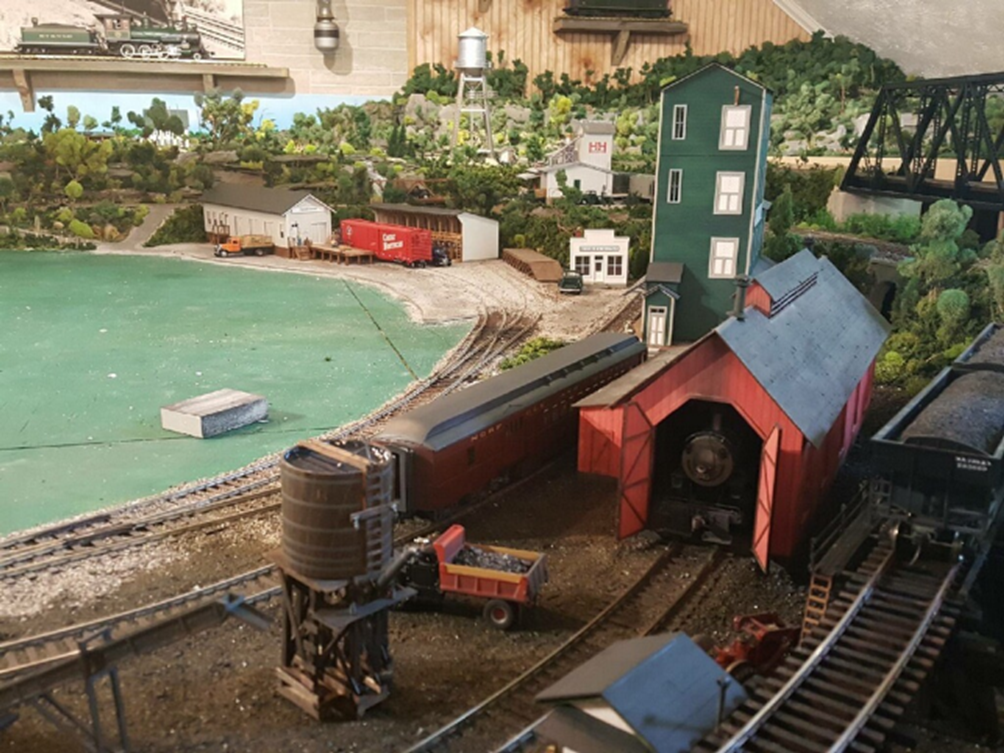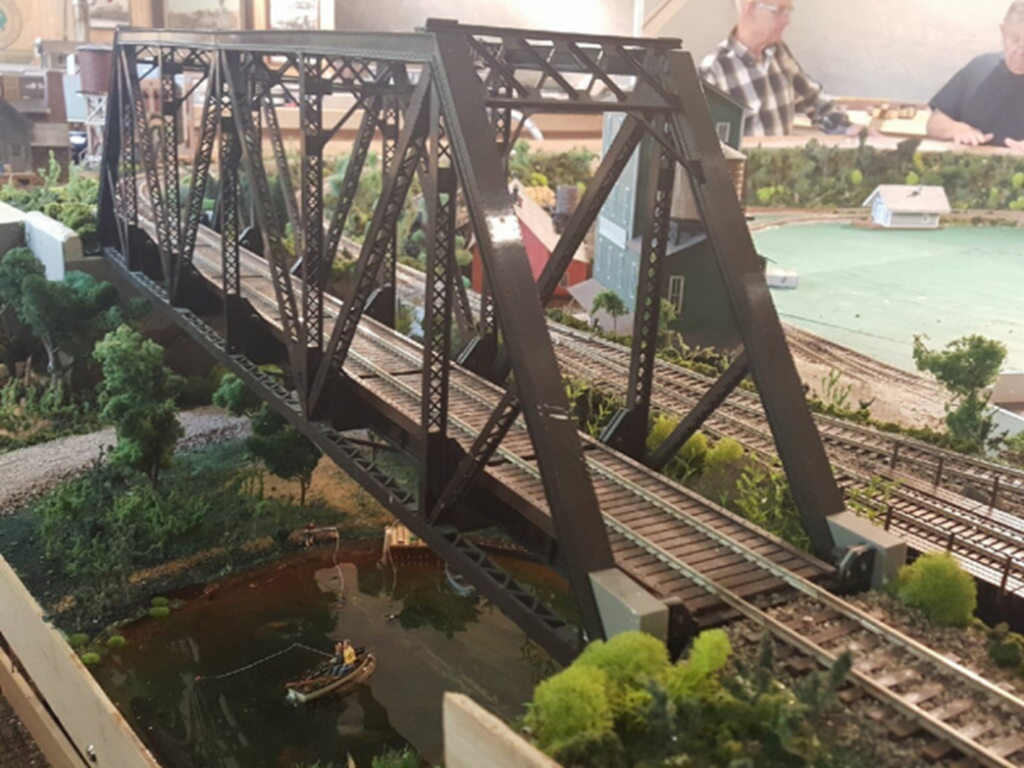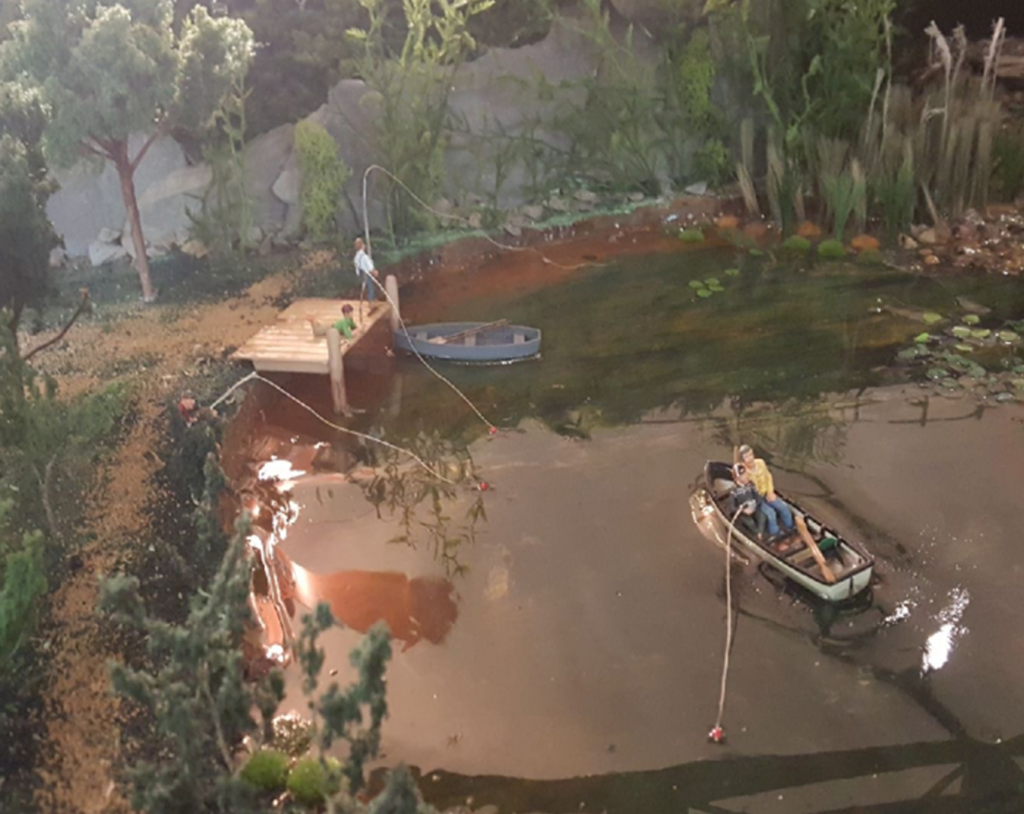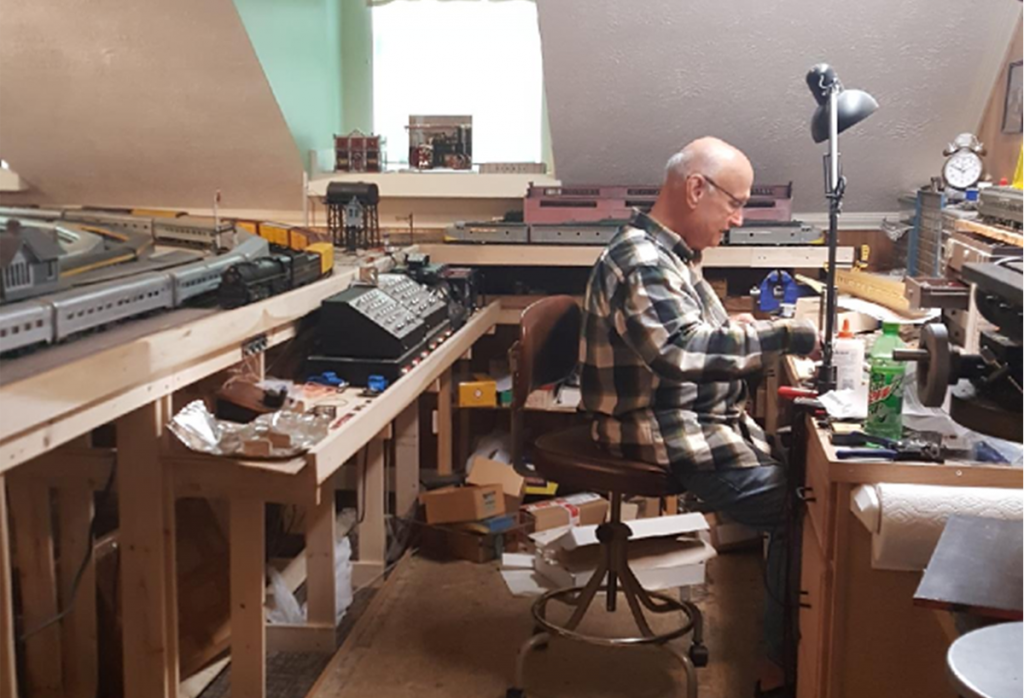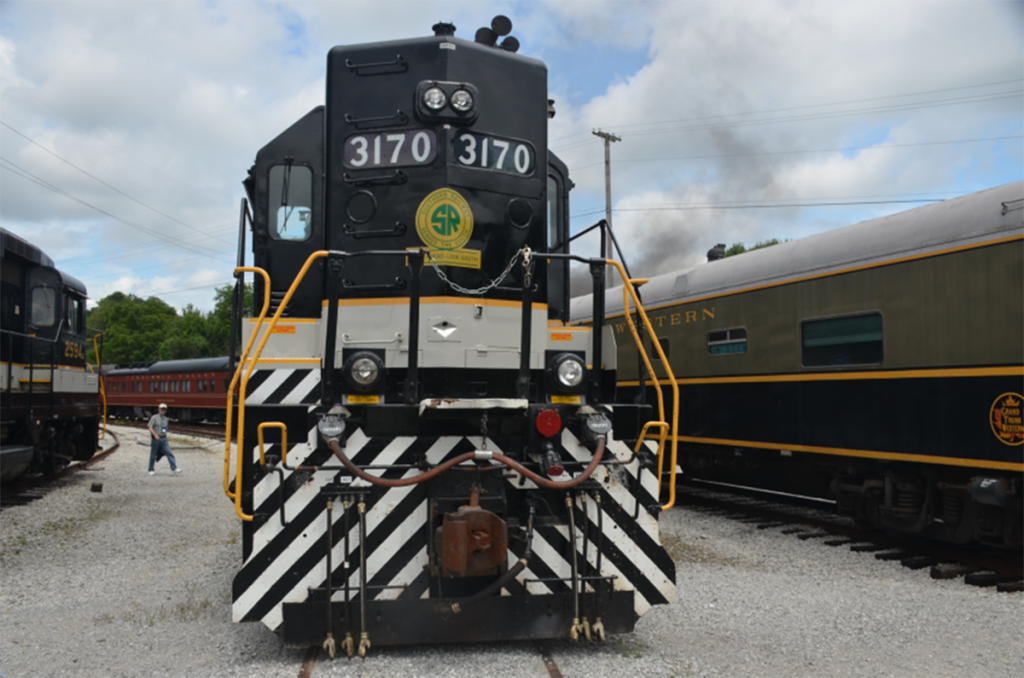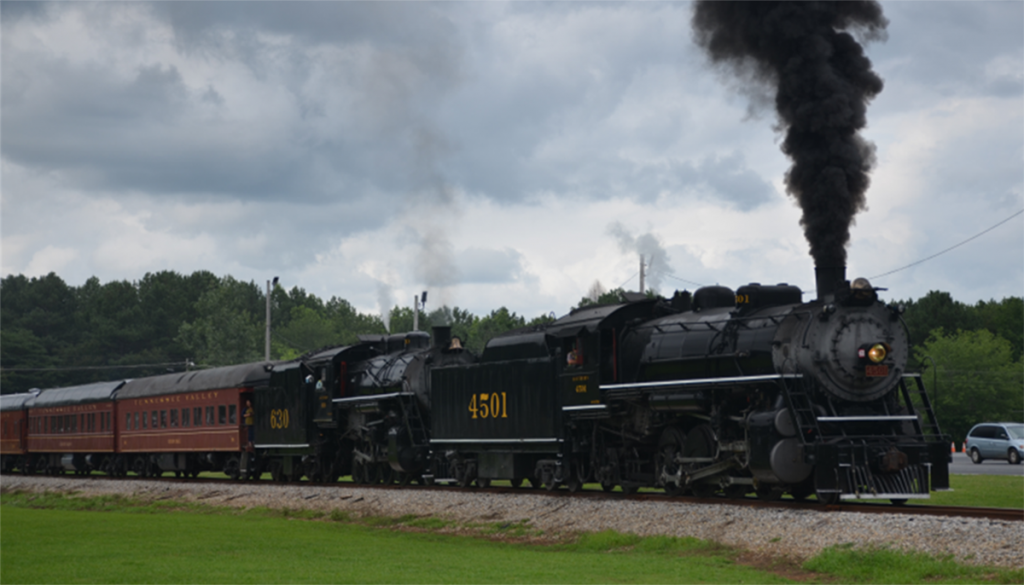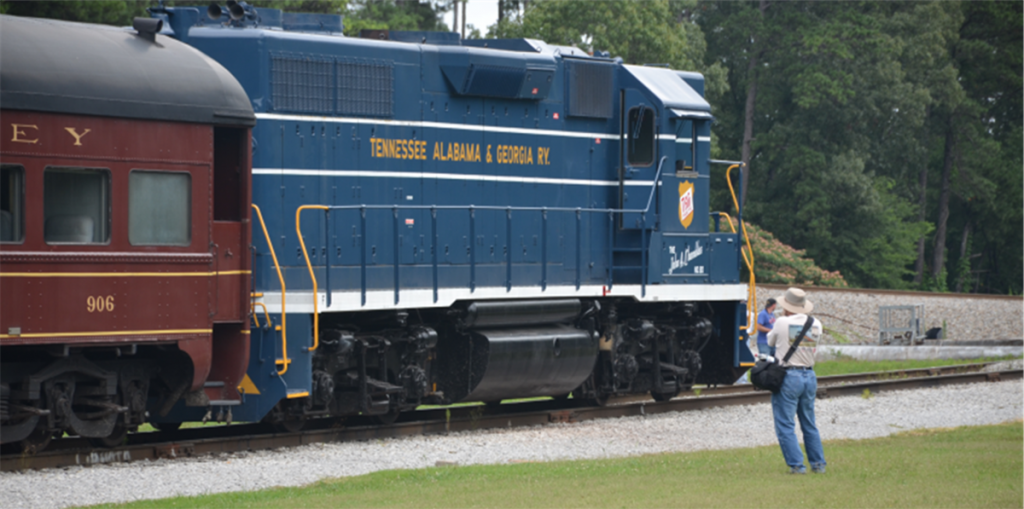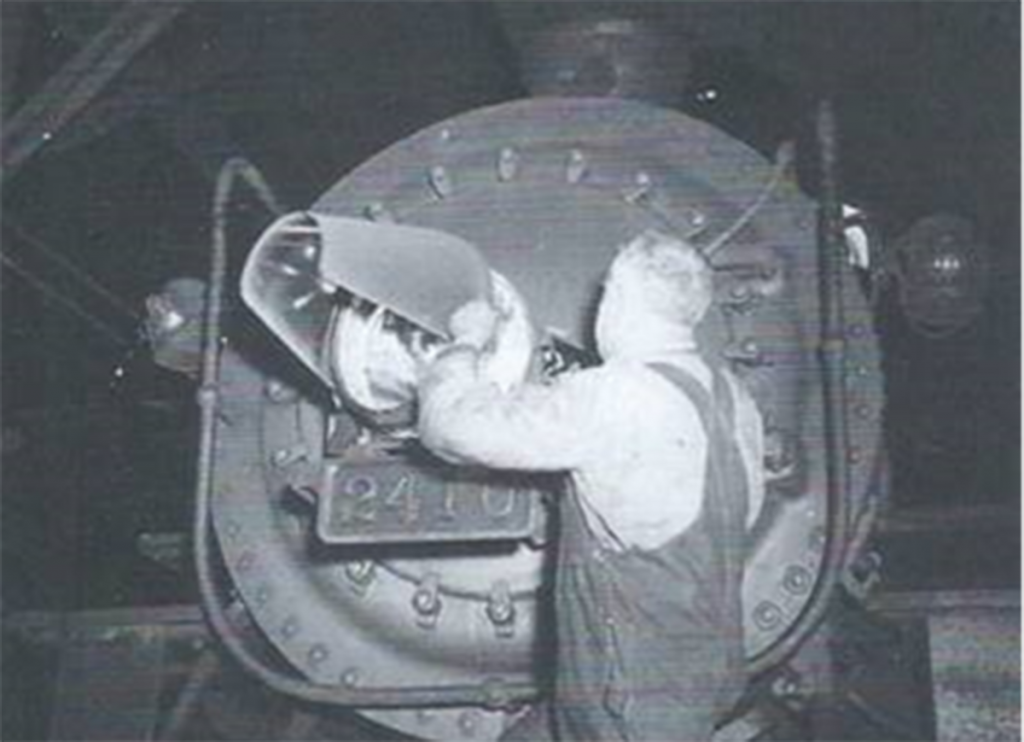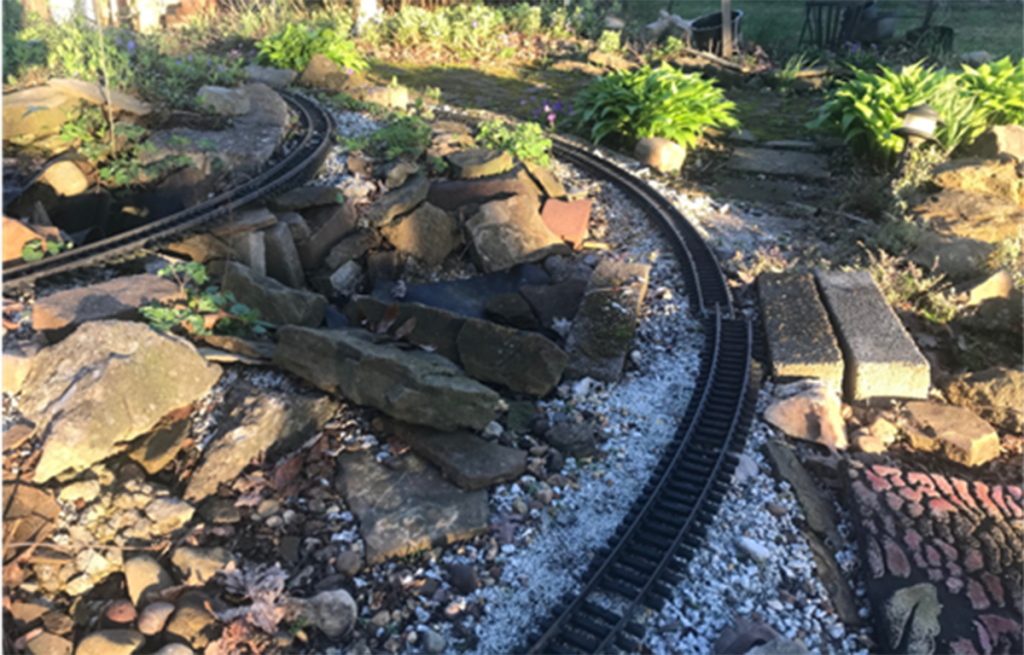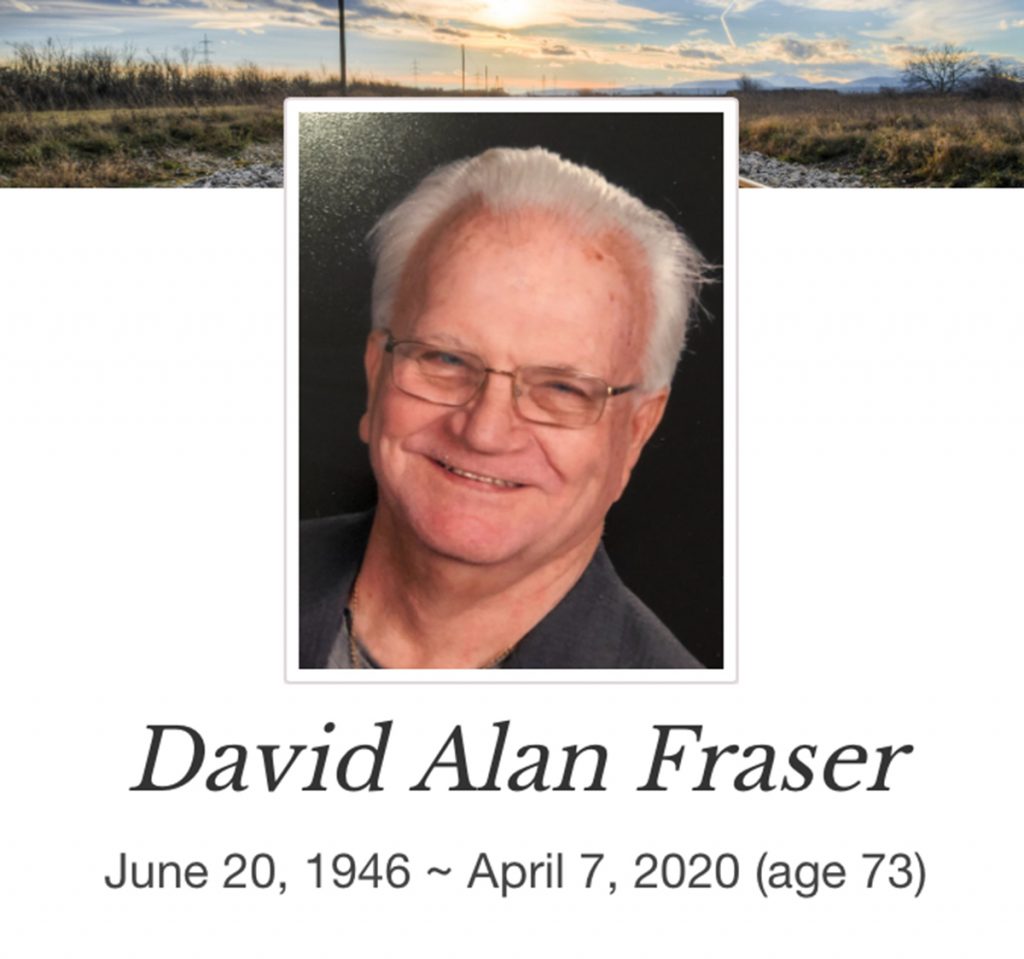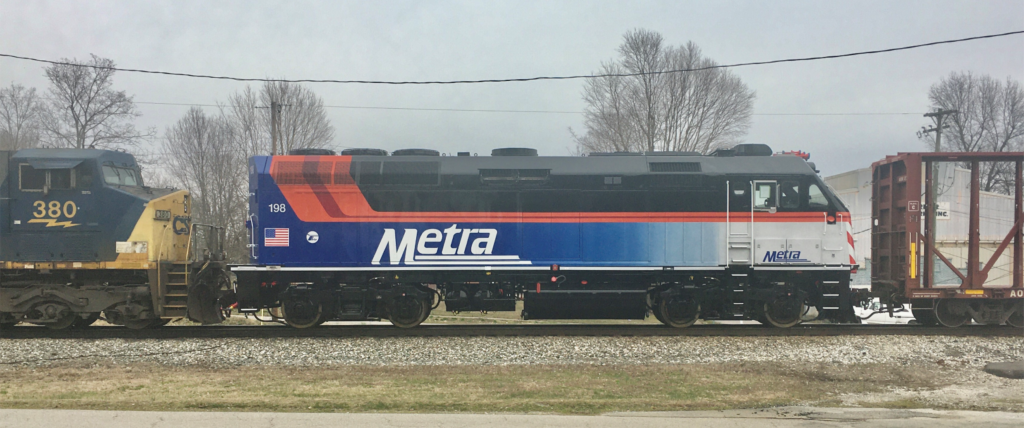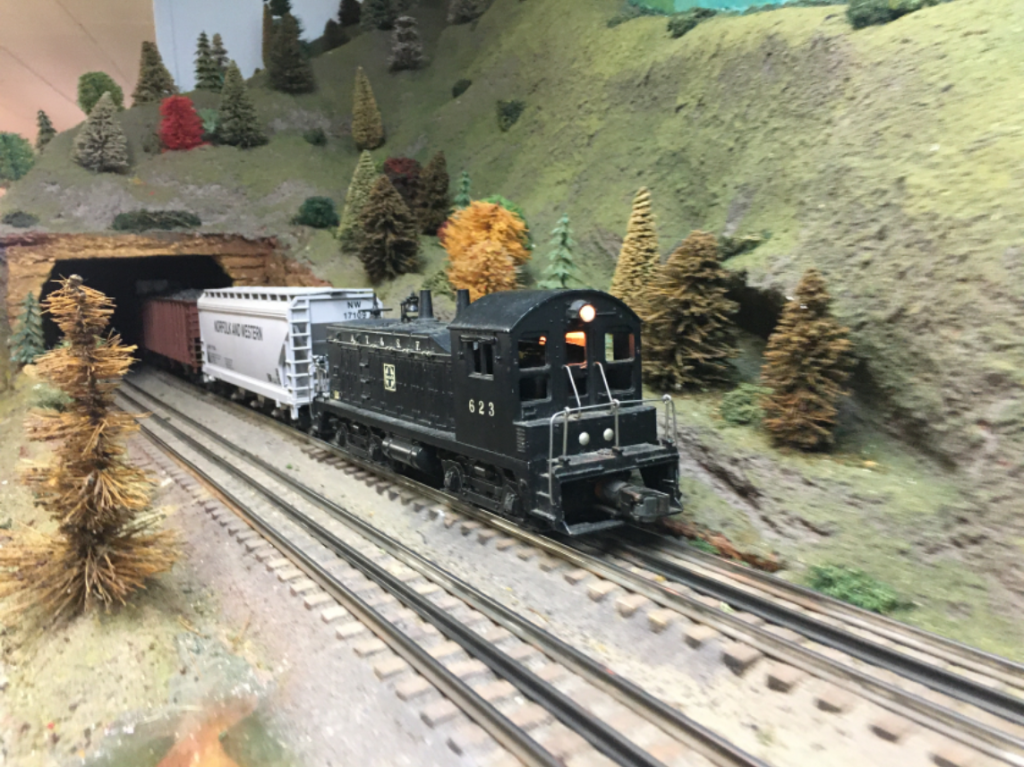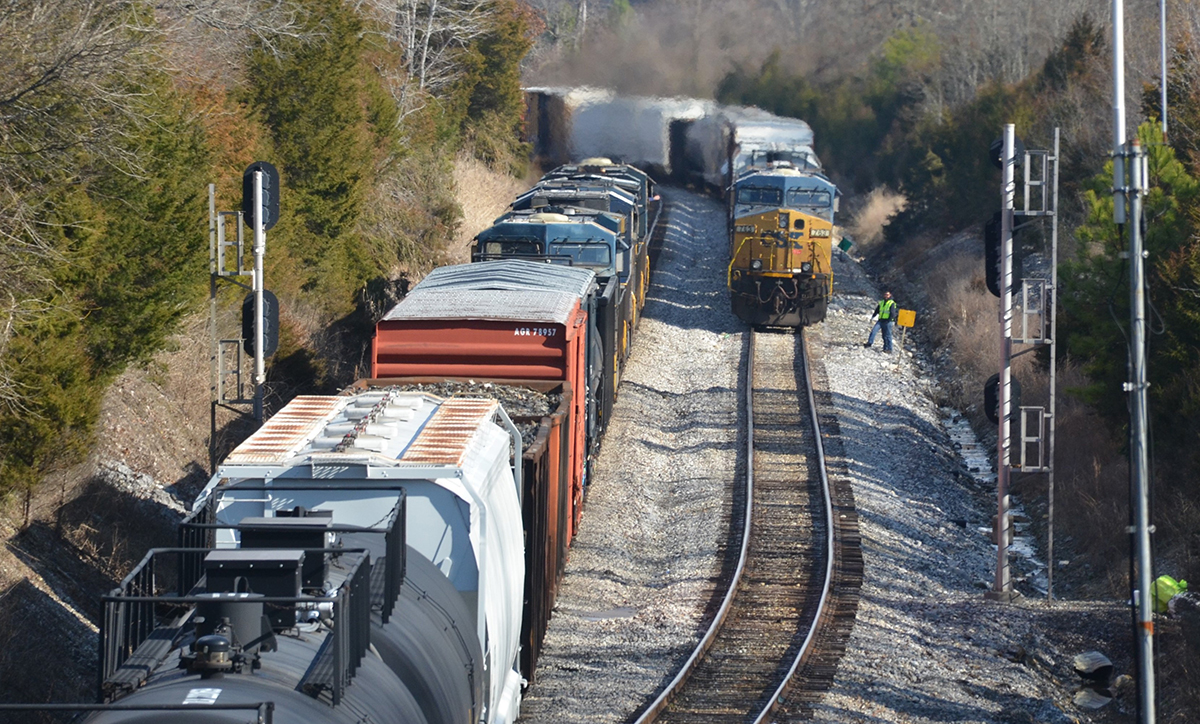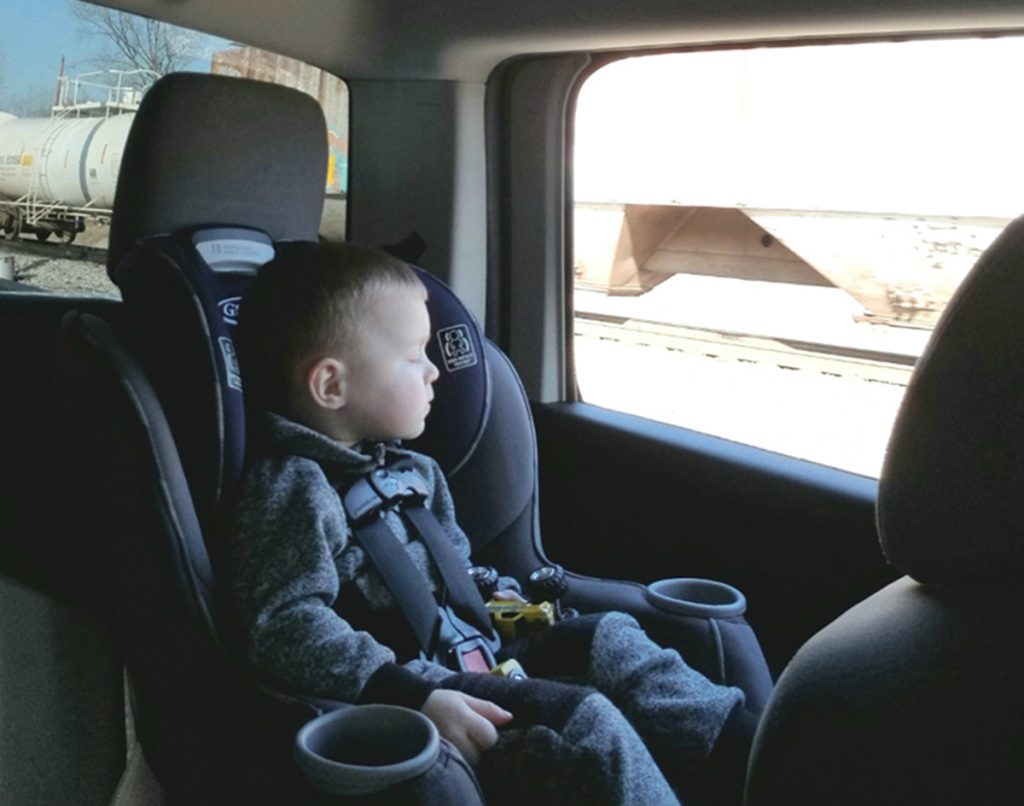Our March 2020 chapter photo contest ran from April 15-30th and we had a total of 10 entries from 5 chapter members. The winning entries are below and the other entries are below them. Congratulations to our winners and we hope that everyone will participate in our May contest that runs from May 15-31st. If we are still in the pandemic please observe social distancing! Submission deadline is June 7th and we need a caption with each entry! – Jim Pearson
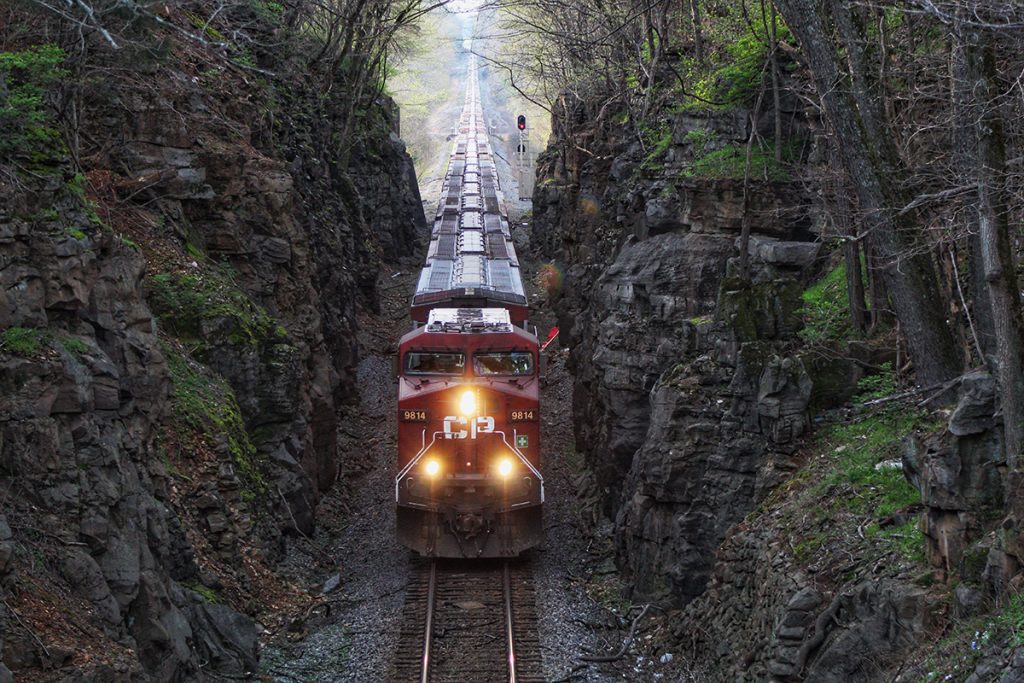
First Place March 2020 by Cooper Smith – Canadian Pacific 9814 leads K815 southbound through the Red River cut just north of Adams, Tennessee on the Henderson Subdivision as the conductor holds a flag out his window as they pass under the hwy 41 overpass. 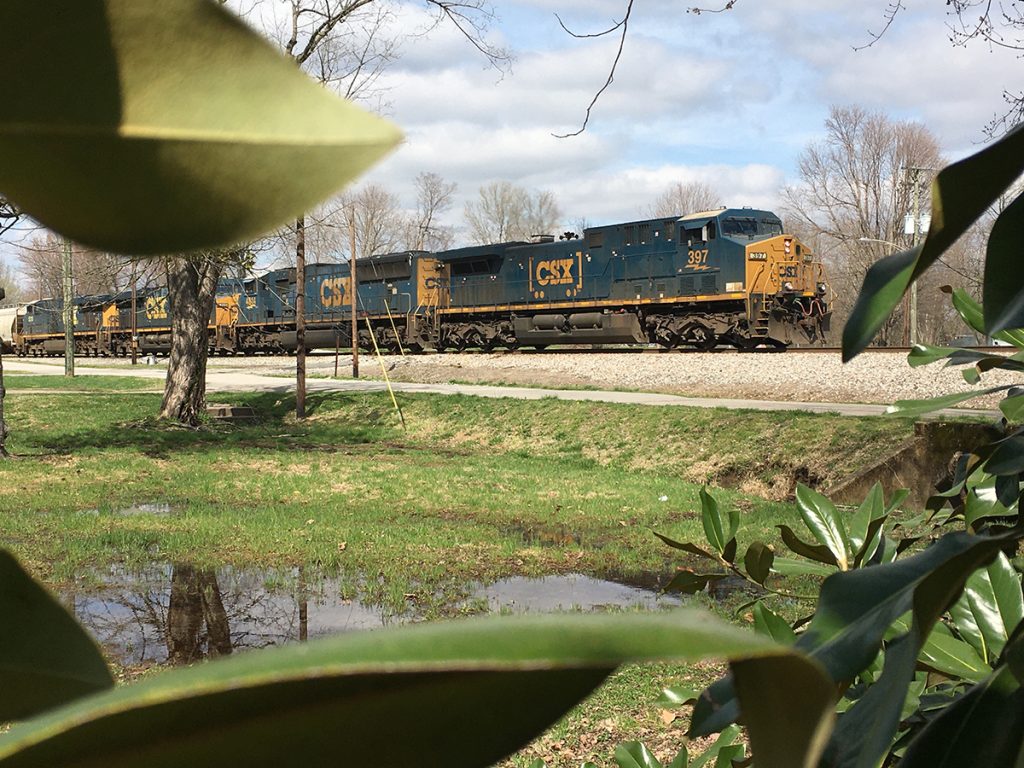
Second Place March 2020 by Ricky Bivins – CSXT 397 leads a mixed freight at Mortons Gap KY as it heads south on the Henderson Subdivision on March 25, 2020. 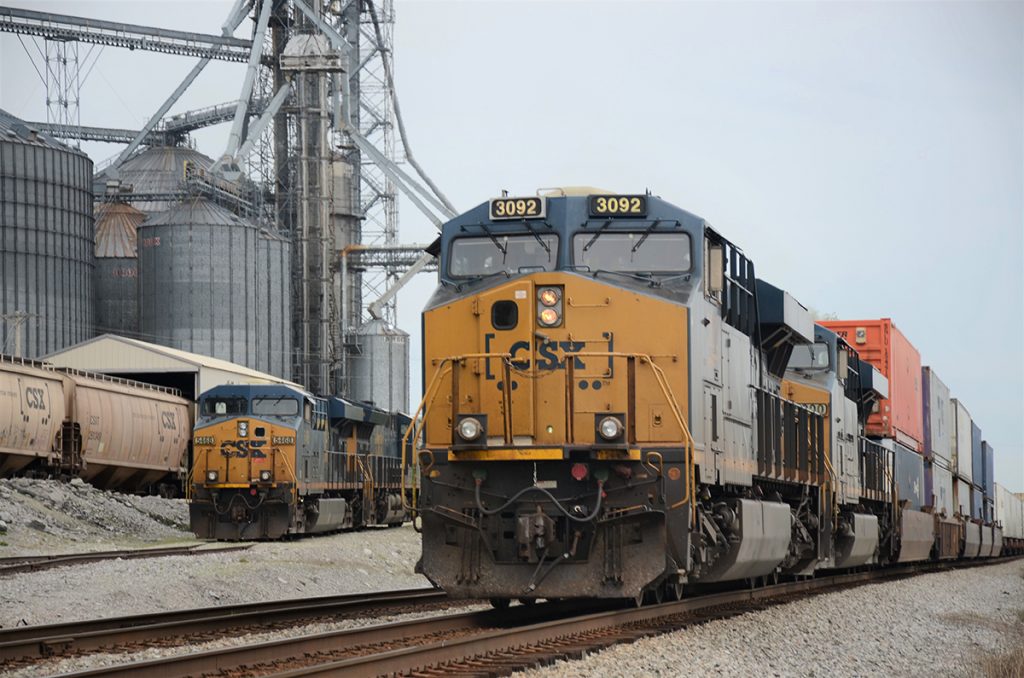
Third Place March 2020 – CSXT #3092 on the lead followed by #5320 pulling a northbound intermodal out of Pembroke Yard. On a siding sits CSX locomotive #5468 waiting for its CSX grain train to be unloaded at Siemer Milling Company on March 30, 2020.
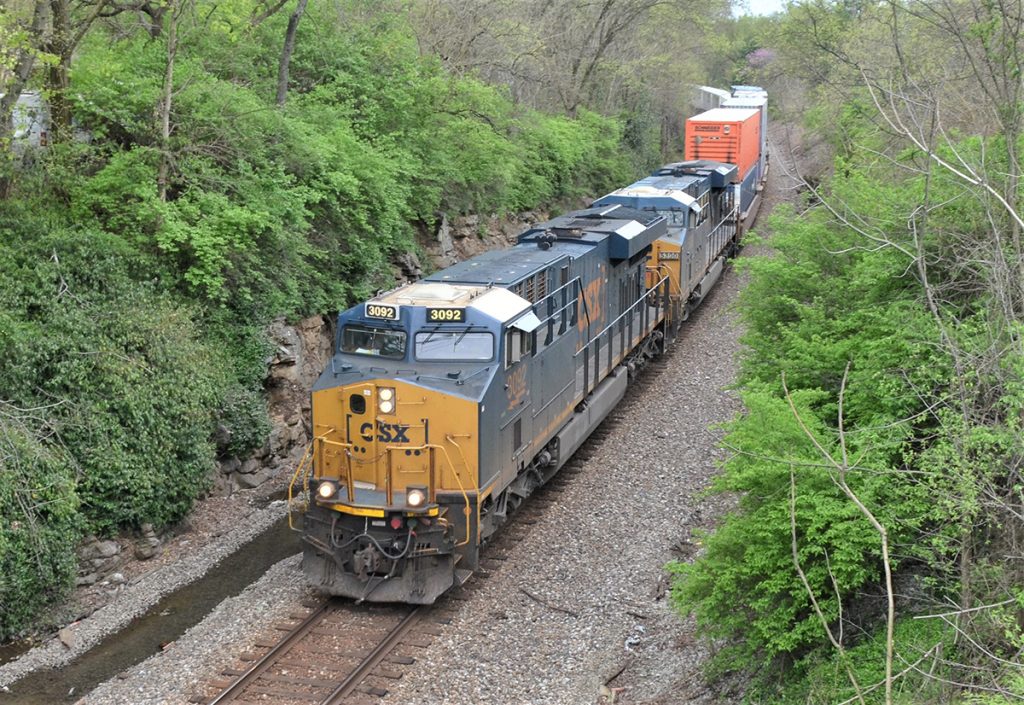
CSX locomotive #3092 on the lead followed by #5320 pulling a northbound intermodal. The lead locomotive is just about ready to pass under the Walnut Street overpass, Hopkinsville, Kentucky on March 30, 2020 on the Henderson Subdivision. – Photo by William Farrell 
Norfolk Southern #375 skirts along Brush Creek with a mixed freight near Louisville, Ky on March 29, 2020. – Photo by Bill Grady 
Norfolk Southern #375 with Southern Heritage Unit #8099 pulls through the crossovers at Buechel, KY on March 31, 2020. – Photo by Bill Grady 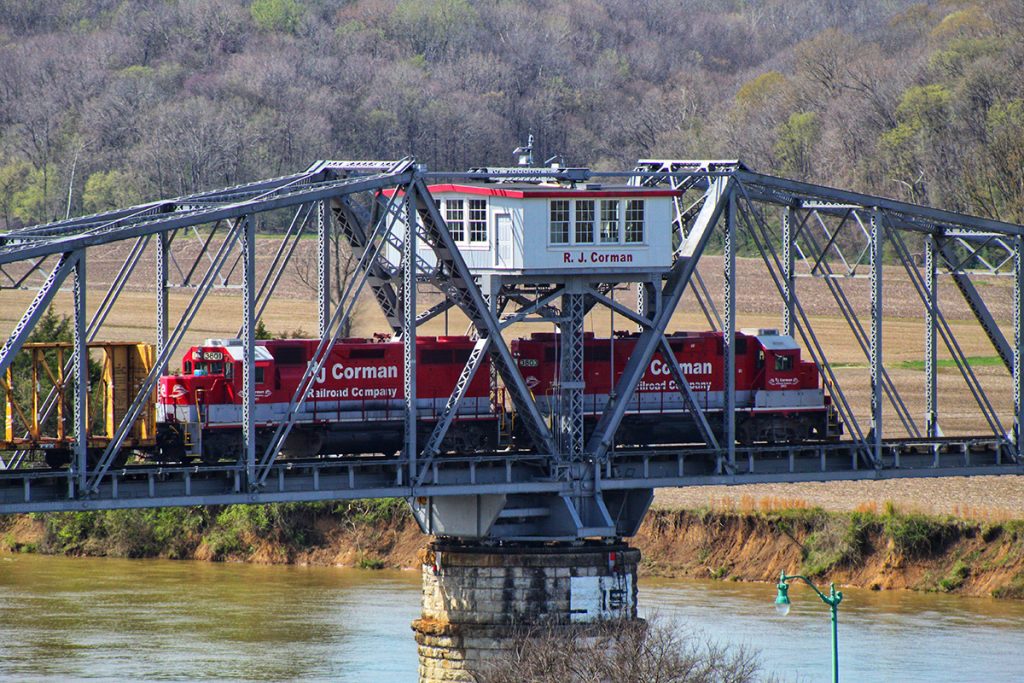
RJ. Corman 3803 leads the Cumberland City turn southbound over the Cumberland River bridge in Clarksville, Tennessee. – Photo by Cooper Smith 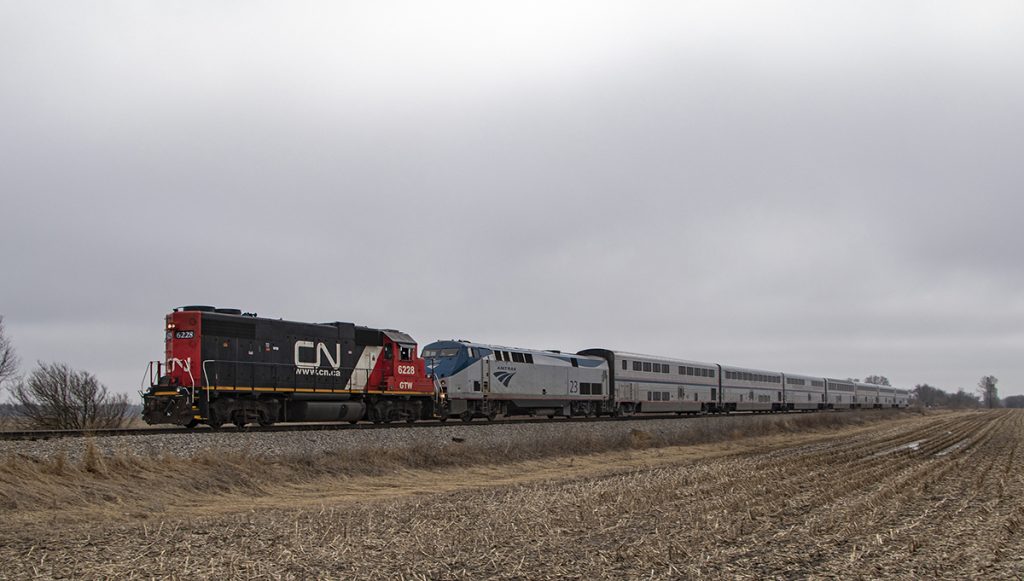
Put Me In, Coach! – CN/GTW GP38-2 #6228 is found hustling a very late (appx. 8hrs) northbound City of New Orleans after just completing their station stop a few miles south in Champaign, IL. The ex-DT&I veteran is running long hood forward after being added to the train earlier in long distance journey due to mechanical issues with the aged P42DC locomotive. – Photo by Matt Gentry 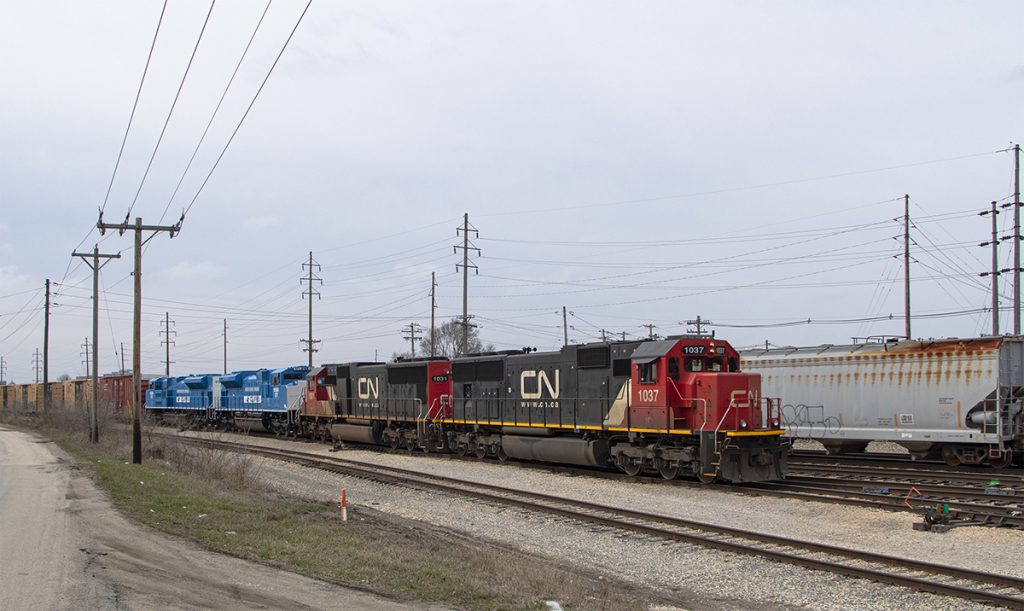
Special Delivery – Canadian National SD70s 1037 and 1031 snake their way into south Champaign yard to do more work before continuing on their way north. Seen behind the veteran SD70s are 2 recently repainted (verdict is still out on if they were completely overhauled or just repainted) SD70ACe locomotives headed for North Shore Mining. The units are ex-PRLX, ex-CSX SD70ACe units 4833 and 4839. – Photo by Matt Gentry 
Two BNSF and a UP locomotive leads a southbound freight at Mortons Gap, Kentucky on the Henderson Subdivision on March 25, 2020. – Photo by Ricky Bivins
